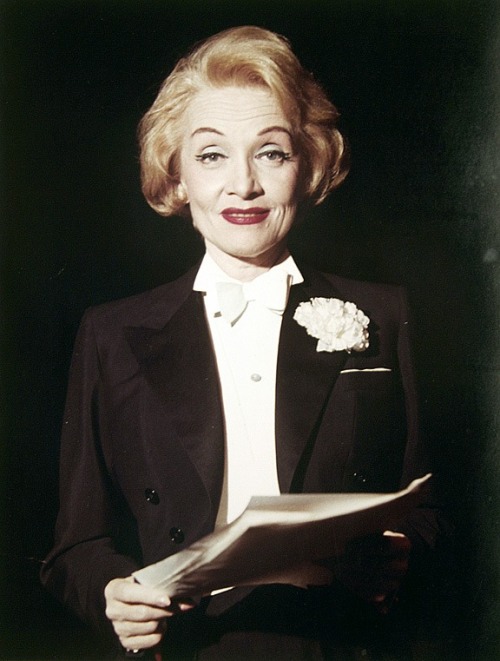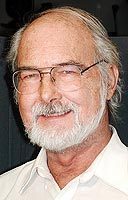The story behind the photograph: Marlene Dietrich by Andrew Davidhazy
When I interviewed Marlene Dietrich impersonator Peter Groom, I used this vintage photo and, because I couldn’t find a credit for it, I didn’t put one. A long time later the man who took it contacted me to point out my oversight. His name is Andrew Davidhazy.

I thought, ‘The picture looks as if it were taken later in Dietrich’s career, perhaps in the 1960s, a photographer would have been perhaps mid-twenties or early thirties, this man must be ancient!’ But it turned out Andy had taken the shot when he was… a schoolboy! ‘What!’ you cry. ‘How was that even possible?’
Let’s ask him.
The Widow Stanton: I’d love to know how you came to take this photo of a major Hollywood star when you were still a schoolboy?
Andrew Davidhazy: I was a senior at Boston Latin School and was the co-editor of the school’s magazine, The Register. It was the winter of 1961 and Gunars Viksnins, a reporter friend of mine, and I, feeling that our school’s students and staff needed to get a more complete view of life, decided to bring some ‘culture’ to them, by publishing written and visual articles. We decided to interview prominent artists performing at one of Boston’s more important theatres.
It so happened that Marlene Dietrich came to appear at the Colonial Theatre with her troupe of Spanish dancers. We thought this would be perfect! After the performance – which we did not attend because we could not afford it – we went to the backstage entrance, a pretty dingy place. We asked the guard if he would make our presence known to Ms Dietrich and relay a message from this duo from Boston Latin School asking to spend a few minutes with her for an interview. He disappeared into the theatre and returned shortly thereafter with bad news; she said she was too busy to see us.
Oh no! So how did you get to see her?
We were, of course, crestfallen but not totally discouraged. It was like we almost expected to be turned down. Then we decided we could not let this opportunity pass and to gamble on a positive outcome. We pooled our money and went across the street to a flower shop and spent $30 on a dozen long-stem roses. We asked him to return to Ms Dietrich with the flowers and reiterate our request. He came back a few moments later and said: “Ms Dietrich will see you.”
How did you feel?
Success! Great! She was still on stage and wrapping up things there when I met her. I took one photograph of her; no back up, no second shot. What was I thinking? Anyway, that is the photograph that you see above.

Was that the end of the visit?
She and Gunars then went to her dressing room and spent a good 45 minutes chatting. In the meantime I went to photograph members of the troupe of dancers in their dressing room. Once the interview was over we spent a few more minutes with the dancers and other members of the cast and finally went to leave by the backstage door through which we had arrived.
As we got there I noticed Ms Dietrich on the phone sitting on a rickety box and apparently talking to her daughter. She looked so out of place and character yet totally in command of the space she occupied. I did not want to make a fuss about photographing her then but made two quick exposures with my back-up 35mm camera; the one I’m using in the photo above.
Did you publish both?
Once the article was prepared and we were ready to assemble the magazine I decided that the black and white environmental photograph was a more interesting representation of the actress and performer than the colour one. This was OK but nowhere as interesting as the B&W photo in my opinion.
Anyway, being the co-editor, my decision stuck and what you see is the result of the collaboration between Ms Dietrich, Gunars and myself. Perseverance, ingenuity and creativity all combined to make the interview and photographs possible, with fond memories to boot.

Did you feel hard done by that Gunars spent so much extra time with her?
No, I don’t think so… I was busy photographing her troupe while he was doing the interview. Sadly, I can’t
find any of those photographs though…
Were people amazed when they read about your encounter?
I don’t remember if they were amazed but I seem to recall that the
magazine received an award of excellence that year… probably partly to
do with the interviews we did.
For our more technically-minded readers, here is some information about the cameras and film Andy used.
Andy made the colour shot using a medium format Mamiyaflex camera and Kodak color negative film, with a Braun handle-mount electronic flash. His back-up camera was a Leica IIIg with Summitar f/2 lens and he used Kodak Tri-X film.

All pictures by Andrew Davidhazy and used with his kind permission
Follow @TheWidowStanton on Twitter